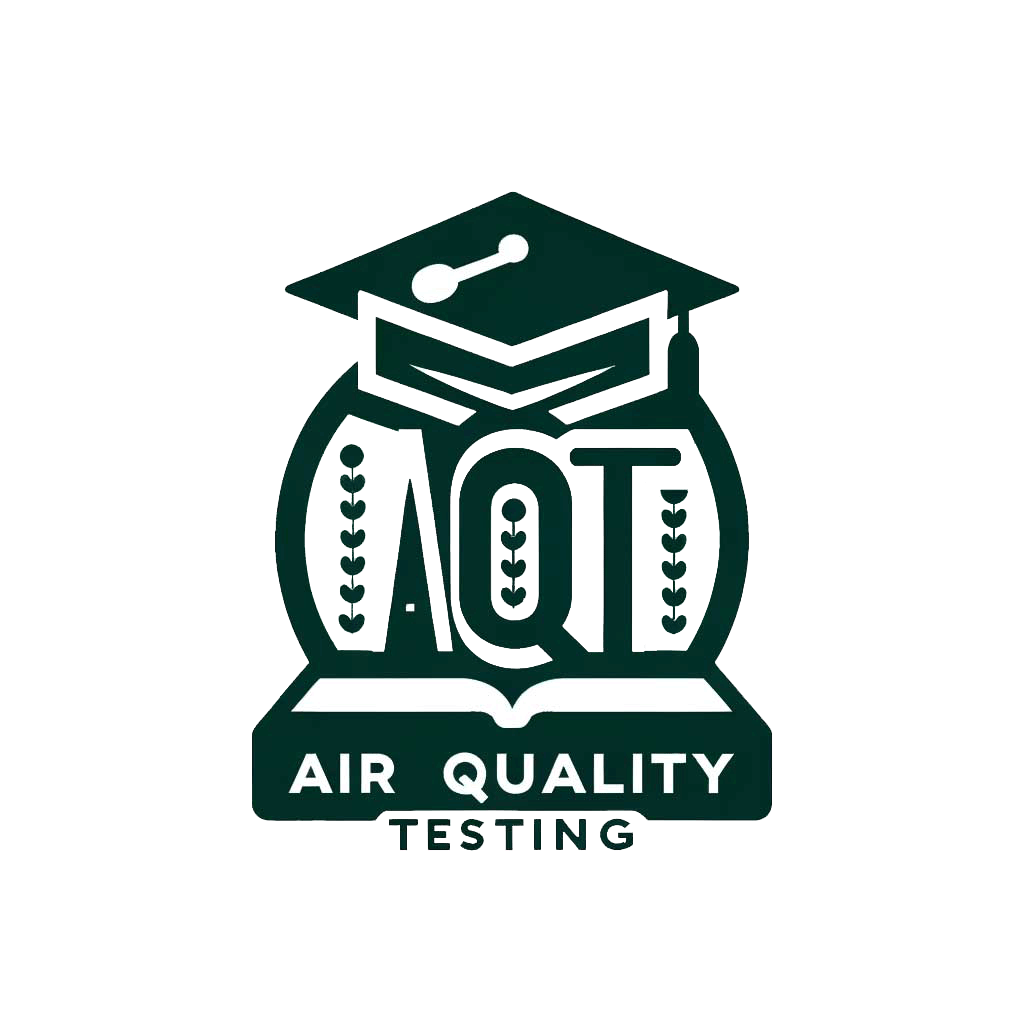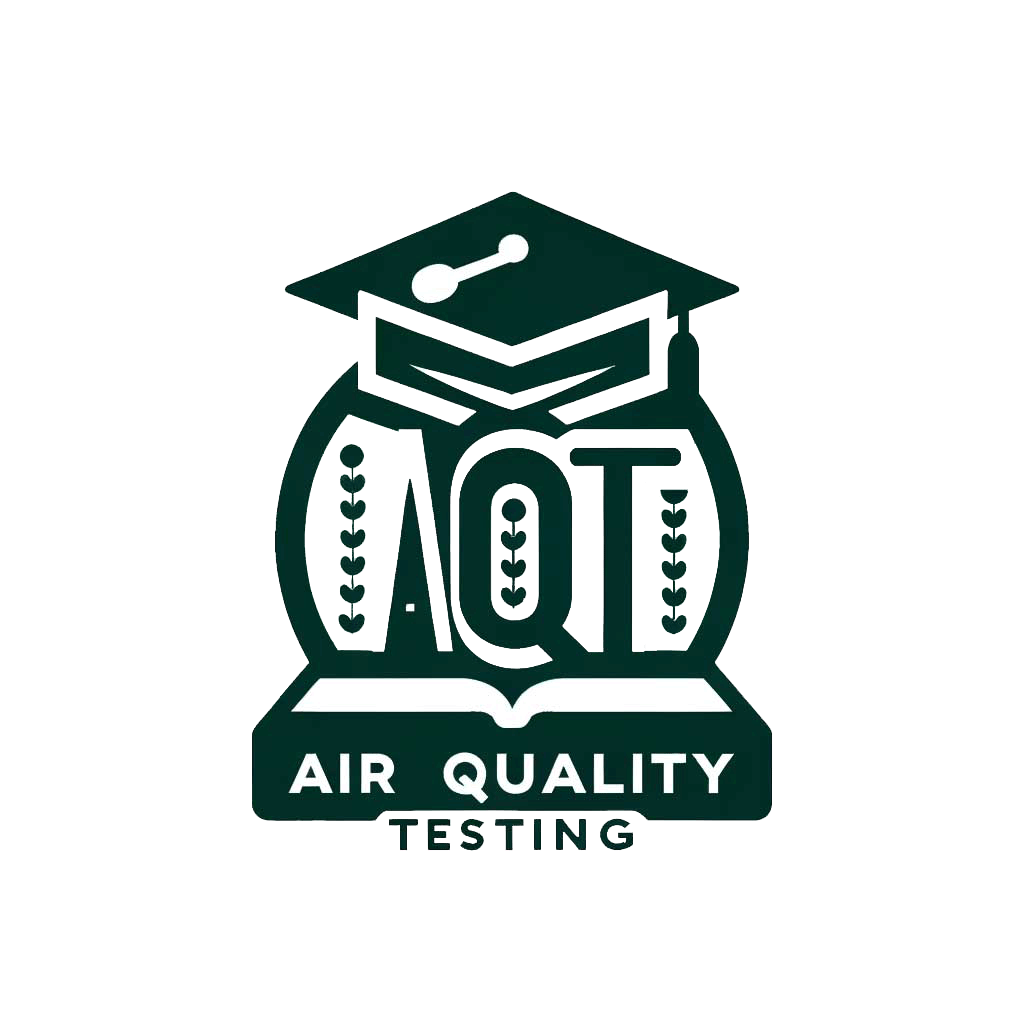Outdoor Air Quality


Local & Global Concerns
Your Regional Landscape
Air quality is a complex environmental issue that varies significantly from one region to another, influenced by a unique combination of geographical features, weather patterns, and local sources of emissions. Understanding the specific air quality challenges faced in a particular region is crucial for developing targeted strategies to mitigate pollution and protect public health. This section delves into how various regional factors can shape local air quality concerns, emphasizing the importance of tailored approaches to air quality management.
Geography and Topography
- Influence on Air Quality: Geographic features such as mountains, valleys, and bodies of water can significantly impact air circulation and pollutant dispersion. For example, valleys can trap air pollutants, leading to higher concentrations, especially during temperature inversions when a layer of warm air traps cooler air and pollutants close to the ground.
- Regional Examples: Urban areas located in valleys or surrounded by mountains, such as those in parts of California or the Himalayan foothills, often face greater challenges in managing air quality due to limited natural dispersion of pollutants.
Weather Patterns
- Seasonal Variations: Weather patterns, including wind, temperature, humidity, and precipitation, play a critical role in determining air quality. Some regions may experience seasonal spikes in air pollution due to specific weather conditions, such as increased particulate matter from heating in winter or heightened ozone levels during sunny summer days.
- Impact of Climate Change: Changing climate patterns can exacerbate air quality issues, with increased temperatures leading to more frequent and intense heatwaves and wildfires, further degrading air quality.
Local Emission Sources
- Industrial Activities: Regions with significant industrial activity often face challenges with pollutants like sulfur dioxide, nitrogen oxides, and particulate matter. The presence and type of industries can define the primary pollutants of concern for a region.
- Transportation: In urban areas, vehicle emissions are a major source of nitrogen oxides, carbon monoxide, and volatile organic compounds, contributing to smog formation. The density of traffic and reliance on public versus private transport can influence urban air quality.
- Agricultural Practices: Areas with extensive agricultural activity may experience air quality issues related to the use of fertilizers and pesticides, dust from tilling, and emissions from livestock, contributing to a unique set of air quality challenges.
Tailored Strategies for Air Quality Improvement
- Localized Solutions: Effective air quality management requires strategies tailored to the specific challenges of a region. This can include implementing emission control technologies in industries, promoting public transportation and electric vehicles in urban areas, and adopting sustainable agricultural practices.
- Community Engagement and Policy: Engaging local communities in air quality monitoring and policy-making can lead to more effective and accepted solutions. Regional policies that address the unique sources of pollution and geographic and weather-related challenges are essential for improving air quality.
Understanding the air quality challenges specific to a region, influenced by geography, weather patterns, and local emission sources, is essential for developing effective mitigation strategies. By tailoring approaches to the unique landscape of each region, communities can better address pollution sources, reduce health risks, and improve overall air quality, demonstrating the interconnectedness of local actions and global air quality concerns.
Global Air Quality Issues
Air pollution is not confined to any one region; it is a global issue with far-reaching impacts on climate change, public health, and ecosystems around the world. This section explores the pressing concerns related to air pollution on a global scale, focusing on greenhouse gas emissions, their contribution to climate change, and the broader implications for the planet and its inhabitants.
Greenhouse Gas Emissions
- Key Contributors: Greenhouse gases (GHGs) like carbon dioxide (CO2), methane (CH4), and nitrous oxide (N2O) are significant contributors to global warming. These gases are released through various human activities, including burning fossil fuels for energy and transportation, industrial processes, and agricultural practices.
- Impact on Climate: GHGs trap heat in the Earth’s atmosphere, leading to a greenhouse effect that results in global warming and climate change. The increasing concentration of these gases has been directly linked to rising global temperatures, melting ice caps, and more extreme weather events.
Climate Change and Its Impacts
- Extreme Weather Events: Climate change, driven by increased GHG emissions, is associated with more frequent and severe weather events, such as hurricanes, droughts, heatwaves, and heavy precipitation. These events have direct and indirect impacts on human health, agriculture, water resources, and biodiversity.
- Rising Sea Levels: The melting of polar ice caps and glaciers contributes to rising sea levels, posing a threat to coastal communities and ecosystems. Increased sea levels can lead to erosion, more powerful storm surges, and the loss of habitat for many species.
- Impact on Public Health: Climate change exacerbates air quality problems by increasing the formation of ground-level ozone and contributing to the frequency and intensity of wildfires, both of which can significantly affect respiratory and cardiovascular health.
Global Response and Mitigation Efforts
- International Agreements: The global nature of air pollution and climate change has led to international agreements such as the Paris Agreement, aiming to limit global warming by reducing GHG emissions and promoting sustainable practices.
- Renewable Energy and Sustainability: Transitioning to renewable energy sources, such as wind, solar, and hydroelectric power, is crucial in reducing reliance on fossil fuels and mitigating GHG emissions. Sustainable transportation, energy efficiency, and conservation efforts are also key components of a global strategy to improve air quality and combat climate change.
- Conservation and Reforestation: Protecting and expanding forests are critical strategies for sequestering carbon dioxide from the atmosphere. Conservation efforts and reforestation projects not only help mitigate climate change but also preserve biodiversity and support ecosystems.
The global issues related to air pollution, including the significant impacts of greenhouse gas emissions on climate change, highlight the urgent need for concerted global action. By understanding the interconnectedness of air quality and climate change, nations and communities worldwide can work together to implement strategies that reduce emissions, protect the environment, and ensure a healthier planet for future generations.
International Efforts
International efforts to combat air pollution are pivotal in addressing the transboundary nature of the problem and its global impact on health, climate, and ecosystems. This section delves into the collaborative initiatives and frameworks that countries around the world have adopted to mitigate air pollution and its effects.
Key International Agreements and Collaborations
- Paris Agreement: A landmark in international efforts to combat climate change, the Paris Agreement, within the United Nations Framework Convention on Climate Change (UNFCCC), aims to limit global warming to well below 2 degrees Celsius above pre-industrial levels, with efforts to limit the increase to 1.5 degrees Celsius. It emphasizes the need for global cooperation in reducing greenhouse gas emissions.
- Convention on Long-range Transboundary Air Pollution (CLRTAP): Established under the United Nations Economic Commission for Europe (UNECE), CLRTAP is one of the central international legal frameworks addressing transboundary air pollution. It aims to protect human health and the environment from air pollution by cutting emissions of harmful substances.
- World Health Organization (WHO) Air Quality Guidelines: The WHO provides guidelines for air quality standards to protect public health from the adverse effects of air pollution. These guidelines serve as a global reference point for establishing national air quality standards and implementing policies to reduce key air pollutants.
Global Initiatives and Programs
- Clean Air Initiative: Various global and regional initiatives, such as the Clean Air Initiative in Asia, spearheaded by the World Bank, aim to promote and demonstrate innovative ways to improve air quality in major cities through partnerships with governments, civil society, and the private sector.
- Global Methane Pledge: Launched at the COP26 UN climate conference, this initiative aims to reduce global methane emissions by at least 30% from 2020 levels by 2030. Methane is a potent greenhouse gas, and reducing its emissions is considered a critical step in slowing global warming in the near term.
- UN Environment Programme (UNEP): UNEP’s efforts include various projects and campaigns focused on improving air quality and reducing pollution worldwide, such as the BreatheLife campaign, which works with cities and countries to meet WHO air quality guidelines by 2030.
The Role of Technology and Innovation
- Satellite Monitoring and Data Sharing: Advances in satellite technology and data analysis allow for more accurate monitoring of air pollution levels globally. International collaborations, such as the Copernicus Atmosphere Monitoring Service (CAMS), provide valuable data for tracking air pollution and its transport across borders.
- Innovative Solutions for Clean Energy: International efforts also focus on promoting clean energy technologies and sustainable urban planning to reduce reliance on fossil fuels. Initiatives like the International Solar Alliance aim to harness solar energy globally, reducing carbon emissions and improving air quality.
International efforts to address air pollution are critical in fostering a coordinated response to a challenge that knows no borders. By sharing knowledge, resources, and strategies, countries can enhance their capacity to improve air quality, combat climate change, and protect public health and the environment on a global scale. These collaborative initiatives highlight the importance of unity and shared responsibility in tackling one of the most pressing environmental issues of our time.
frequently asked questions
How does the number of occupants in a home or building impact indoor air quality and duct cleaning frequency?
The number of occupants significantly affects indoor air quality, with more people leading to faster dust and allergen accumulation. Duct cleaning frequency should be adjusted accordingly.
How does family living, especially with children and pets, affect the need for more frequent duct cleaning?
Families with more occupants, children, and pets might need to consider duct cleaning every 2-3 years to maintain healthy indoor air quality.
In multi-family buildings like condominiums, what factors influence the frequency of duct cleaning?
Centralized HVAC systems in multi-family buildings can accumulate pollutants faster. Building management should consider annual inspections and more frequent cleaning to ensure optimal air quality.
What frequency of duct cleaning is advisable for homes with shared housing arrangements, such as renters or extended family?
Homes with shared living situations might benefit from annual or bi-annual duct cleaning to manage increased activity and maintain a healthier environment.
Why do office buildings with a higher number of employees often require more frequent duct cleaning?
Increased occupancy in office buildings leads to greater air quality challenges due to activity and equipment use. They generally require more frequent cleanings.
What is the recommended duct cleaning frequency for high-traffic commercial spaces like retail stores or restaurants?
High-traffic commercial spaces often need quarterly or bi-annual duct cleaning to ensure a healthy environment and comply with health standards.
Why might schools and educational institutions consider yearly or seasonal duct cleaning?
Schools, with their high occupancy of children susceptible to respiratory issues, may benefit from yearly or seasonal duct cleaning to maintain a healthy learning environment.
How does the seasonal nature of rentals impact duct cleaning frequency?
Properties rented out seasonally may require duct cleaning after a high-traffic rental season to ensure good air quality for the next group of renters.
Why is it crucial to consult with professional duct cleaning services when determining cleaning frequency based on occupancy levels?
Professional services can assess specific conditions and provide expert guidance on the most appropriate cleaning schedule tailored to your situation.



 NADCA
NADCA 


